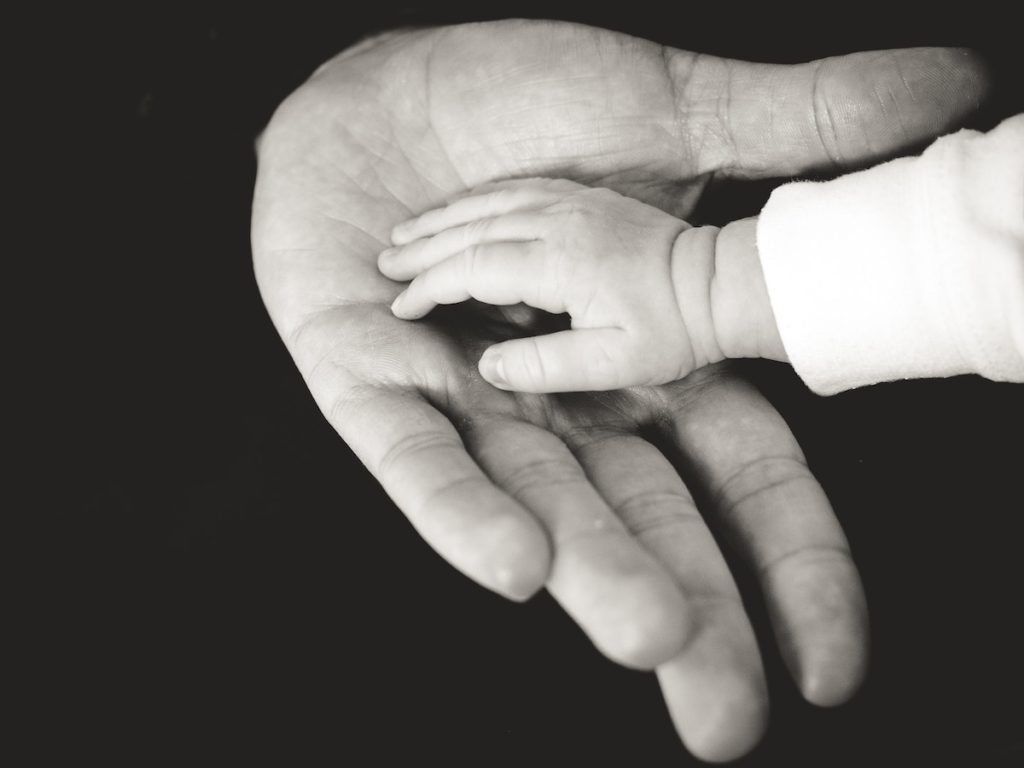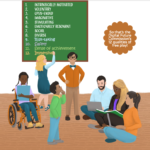Conversation. I’ve written a lot about conversation. I will keep coming back to it. An essential part of conversation about technology in our families is learning how to share with our kids, from toddlers to young adults, what we’re doing with our technology. What do I mean?
Dad to toddler: I’m going to call Grandpa on Facetime. Would you like to talk with him, too?
Grandma to 3-year-old: That’s a text message from your dad. I’m going to text him back and let him know we’re walking home from the park now. Then I’ll put my phone away again.
Mom to teen: I read something today in the New York Times online about the “beacosystem.” Have you ever heard of that? I didn’t have a clue. The article describes a level of location tracking using Bluetooth beacons that I was completely unaware of…I’ve learned how to stop some of it on my phone. Can I show you the settings I’m changing?
Those early conversations build the trust levels over time that allow that young teen to be receptive to whatever we want to share and hopefully, vice versa. Teens will be in the habit of sharing what they’re doing and they’ll even be enthusiastic about sharing it. They will have witnessed us modeling how to talk through our experiences—positive and negative—with the ever-changing technology in our lives (in authentic, non-preachy ways ;D). They will know that we’re actually really curious to hear what they’re up to. And they’ll be confident, based on previous experience, that we won’t judge them for the new and weird things they’re trying out.

What I am reading
The Beacosystem. It’s a thing. Read The Privacy Project by Michael Kwet. Awesome graphics and illustrations by Tala Schlossberg and Max Guther. And here’s the NYT Guide for how to stop apps from tracking your location. If you have tweens and/or teens with phones, walk through it together.
What I am watching
For teens: the next episode of KQED’s Above the Noise—False Equivalence: Why It’s So Dangerous. Summary from the website: Not every topic warrants a “both sides” approach. Some viewpoints are simply not backed by empirical evidence or are based on false information. And journalists have to be careful not to present them as legit debates. If they do, they are creating a “false equivalence.”
For youngers: Kids on Earth: Travelling the World to Understand the 21st Century. It’s an online collection of more than 500 videos of children from around the world talking about how technology has shaped their learning and plans for the future. Interviews are with children and teens (mostly 9–14) from countries all over the world. Start here—the videos are on Vimeo.



